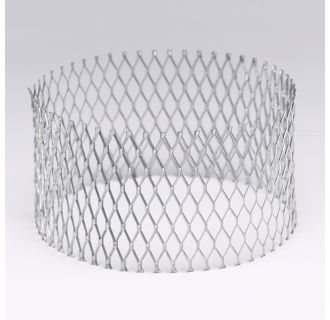webby3650 said:Are you sure there isn't something out of place above the baffle? Some Jotuls use a ceramic wool blanket in the baffle, if this one has it make sure it isn't somehow restricting the flow. Even with a 10' flue, a small stove like this shouldn't be smoking out of the pipe joints. I think you might have a bigger problem here.
I was thinking the same thing. I can believe the night and day difference between before and after the sweeping.
It's a Jotul Nordic QT.
No cat. it just has a top plate. 8/1 on the pdf.
http://www.jotul.com/FileArchive/Technical Documentation/Wood Stoves/Jøtul F 100 Nordic QT/Exploded_view_F_100_P02_060706.pdf
Only thing I could think of is the thermometer if I collapsed the inner pipe, I made is kinda tight when I drilled it out.
Once its cools down I'll drop the plate down and check it with a mirror.... Before a I drop another $200 and climb up and on the roof.


